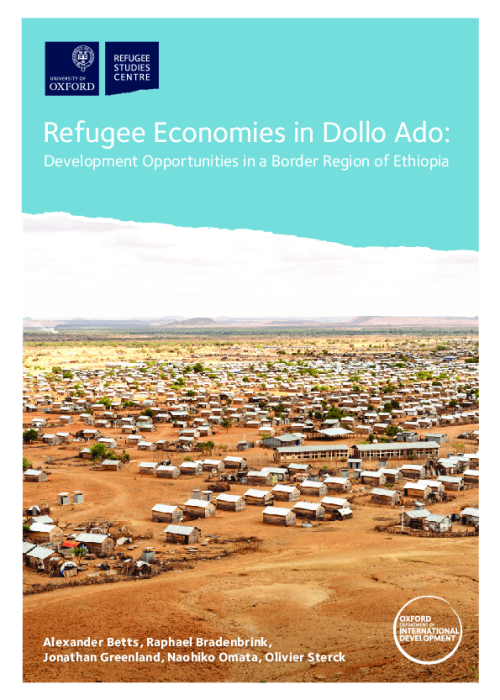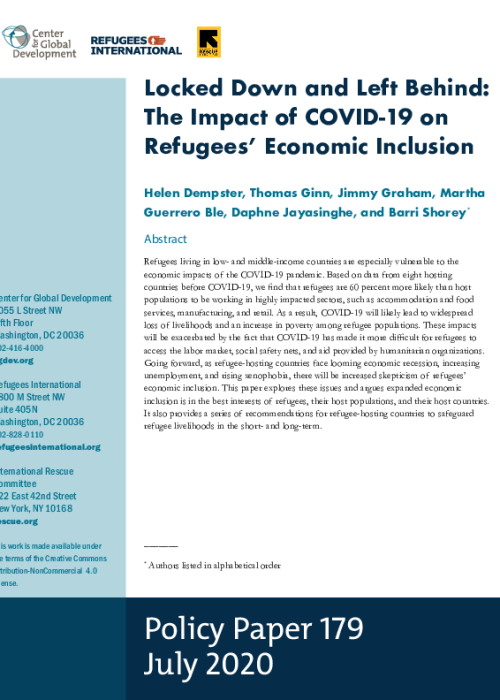This report by the Regional Durable Solutions Secretariat (ReDSS) examines the situation of displacement-affected communities (DACs) in the Lower Juba region of Somalia, with a focus on local integration as a durable solution. The report uses the ReDSS Solutions Framework, a tool that measures the progress and challenges of achieving durable solutions in terms of physical, material, and legal safety.
The report provides an analysis of existing data, a mapping of current interventions, and recommendations for immediate and long-term actions. The main findings of the report are:
- Physical safety: DACs face uneven access to police and justice, security threats in rural areas, vulnerability to violence, especially GBV, and lack of data on social cohesion.
- Material safety: DACs have limited access to basic services, livelihoods, and adequate housing, land and property, although some interventions are targeting these areas. Most interventions have a short-term emergency focus and do not address the long-term needs of DACs.
- Legal safety: DACs lack personal documentation, effective remedies for violations, and participation in public affairs, although they have the same rights as the local population. There is not enough data to assess the extent of these problems.
The main recommendations of the report are:
- Adopting a durable solutions focus and a common Durable Solutions Framework to support joint accountability and analysis.
- Adopting a stronger focus on ‘early solutions’ that bridge humanitarian and development aid and prepare DACs for future durable solutions.
- Prioritizing sectors and areas of interventions through integrated and multi-sectorial programming that address the needs of DACs and host communities.






